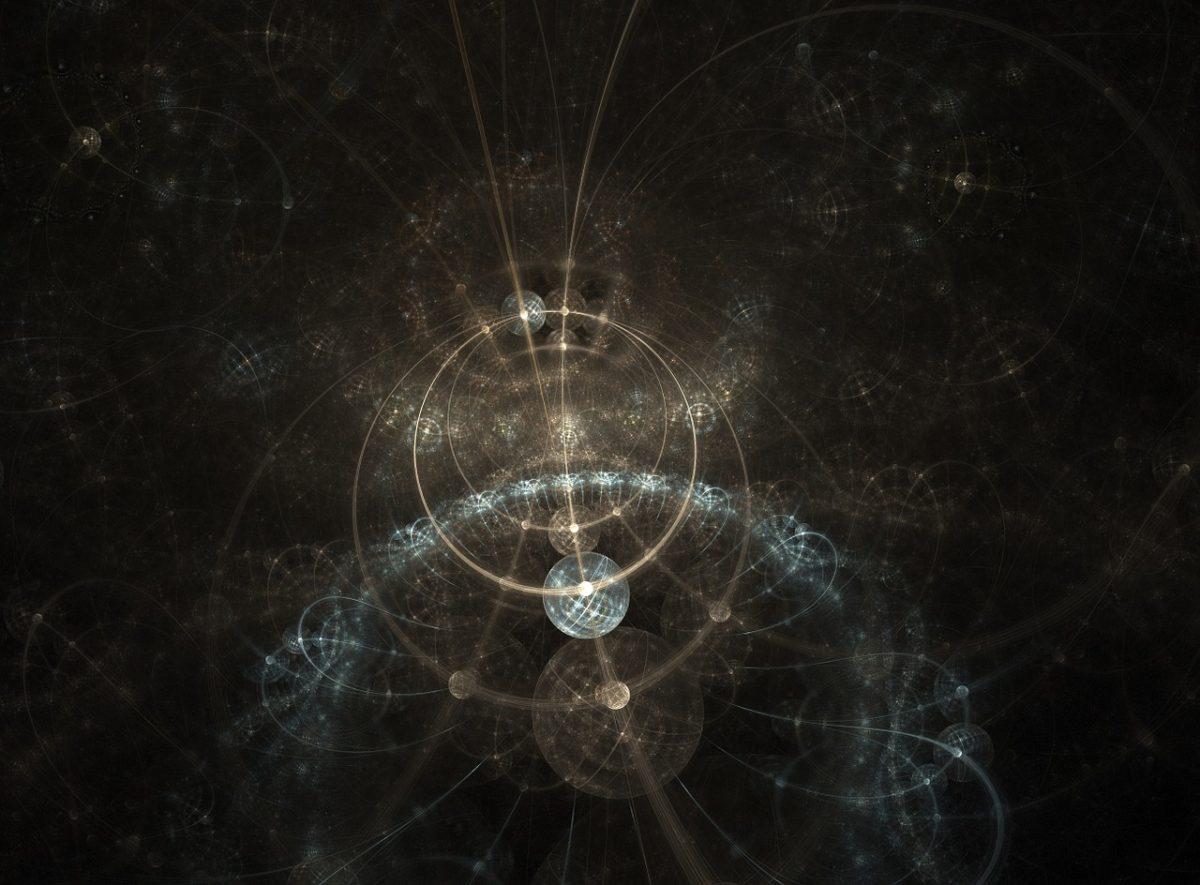Students, professors and the public filled the seats of a large auditorium in Mitchell Physics Building to hear distinguished speakers celebrate the history of science and politics marvel about the future.
On Thursday, the Hagler Institute of Advanced Study — dedicated to attract world-class talent to the University — hosted three sessions of lectures given by keynote speakers to provide a catalyst to enrich the intellectual climate and educational experiences at A&M. The first session touched on genomics and medicine, the second session delved into literary democracy and the third session focused on quantum mechanics.
Texas A&M President Michael Young opened the symposium as an occasion for featuring innovative developments across a vast number of fields.
“We have the opportunities to expand and develop our research that in turn allows us to work in the teaching space,” Young said. “The students who come here, they have the very best opportunity, to in 20 or 30 years from now, sit here as National Academy winners and Nobel prize winners having advanced the frontiers of knowledge.”
The first speaker for the third session was Girish Agarwal, professor in the Department of Biological and Agricultural Engineering and Member of the Royal Society in Britain, spoke on the contributions of Nobel Prize winner Max Born and distinguished physicist Emil Wolf in the field of optics. Agarwal highlighted the double-slit optic experiment, coherence theories in optics and quantum physics.
“Max Born himself was a father figure in Quantum theory, he had very illustrious students and associates,” Agarwal said. “Emil wolf was hired by Born to work as his assistant, because Born wanted his book Optic to be modernized and rewritten … Born would say that the continuity of science is not affected as the older theories have been included as special cases of the new ones.”
Second lecturer Wolfgang Schleich, visiting professor at Texas A&M Agrilife research and Chair Professor at University of Ulm, Germany, spoke about the life and work of Nobel Laureate Willis Lamb and his influential work in discovering the hydrogen spectrum.
“On a Friday night, at three o’clock in the morning together with [Lamb’s] graduate student Retherford, he found there is a shift in the [hydrogen] levels, and there is exactly the energy difference,” Schleich said.
Schleich also said he is facilitating intercountry research about the Bose-Einstein Condensate — a state of matter.
“We are starting a new collaboration between the German Space Agency and NASA on putting up in the International Space Station such experiments,” Schleich said.
The final lecture of the session was delivered by Marlan Scully, director for the Institute of Quantum Science and Engineering at Texas A&M University. Scully said his interactions with Nobel Laureates Julian Schwinger and Richard Feynman impacted him to research quantum electrodynamics.
“Schwinger was in many ways the hero of the second half of the twentieth century of mathematical physics,” Scully said. “He really understood deeply and used his understanding in interesting ways. During [WWII], he worked on radar and he would go around at night in the RAD lab at MIT and find problems on the blackboard and solve those problems.”
Alexei Sokolov, professor in the Department of Physics and Astronomy, attended the symposium and said it was special for A&M to host this event and listen to the keynote speakers.
“It’s very exciting to have this event here,” Sokolov said. “This is big — the organizing team at the newly named Haggler Institute has outdone itself by bringing together a group of stellar speakers from a diverse range of disciplines. We’ve seen great things come out through this Institute in the past, and this one is a big new step.”
Michael Kordell, visiting scholar from Wayne State University and a researcher in heavy ion physics, attended the lectures and said it provided good perspective and look back at the history, especially from the pioneers in quantum mechanics and physics.
“It is really interesting to see how the foundation of general [physics] led to the very specific [physics] that I am working on and that many other people are working on,” Kordell said.








